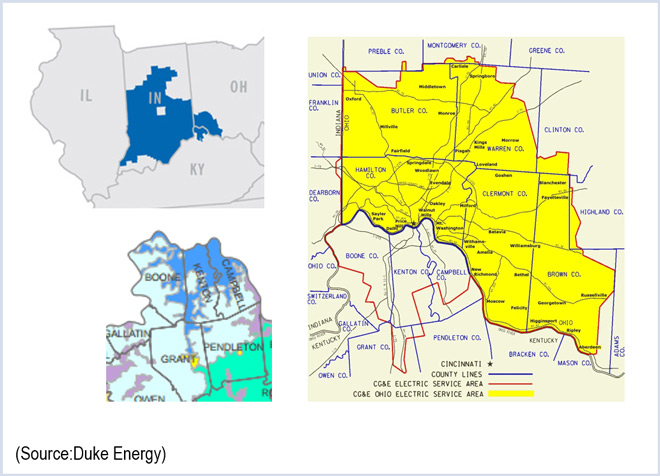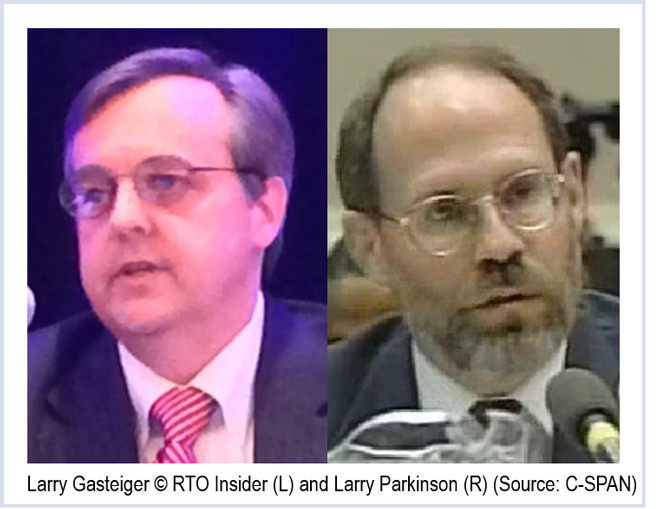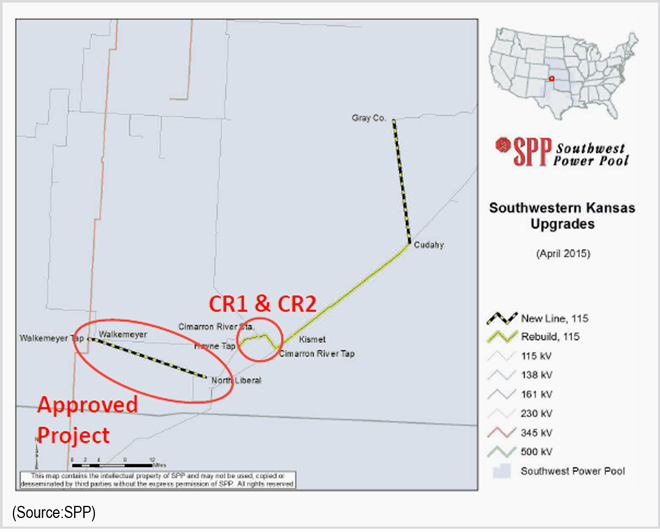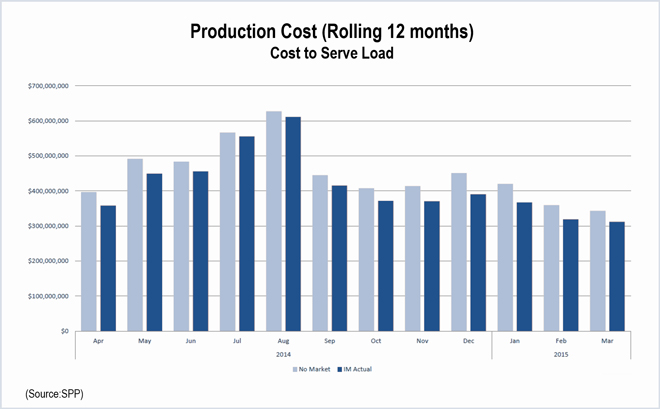By Michael Brooks
WASHINGTON — The Federal Energy Regulatory Commission completed a bloodless transition Thursday as newcomer Norman Bay replaced five-year veteran Cheryl LaFleur as chairman in a meeting marked by the usual cordiality — and disruptive protesters.
Bay, who was appointed commissioner last August, officially assumed the chair on Wednesday from LaFleur, who had served as head of the panel since the November 2013 resignation of Jon Wellinghoff.
At the beginning of Thursday’s meeting, Bay presented LaFleur with two gifts: a framed letter from the New England Patriots thanking her for her service as chairman and a FERC jersey, which Bay said he hoped she would wear at every open meeting. A diehard Boston sports fan, LaFleur often wears her teams’ jerseys when they are in the playoffs.
After some affable remarks on LaFleur’s tenure from Commissioner Philip Moeller, LaFleur said, “I plan to be around for a while, so we don’t need to have any more tributes.” LaFleur, who joined the commission in July 2010, has said she plans on finishing her term, which expires in June 2019.
‘Excited’ to Work with Each Other
The congeniality between the former and current chairman betrayed no resentment over the way in which Bay took over the gavel.
While LaFleur publicly lobbied for the position after Wellinghoff’s resignation, President Obama nominated Bay last year. The choice was widely seen as engineered by then-Senate Majority Leader Harry Reid (D-Nev.), who publicly, and bluntly, said he did not want LaFleur as chairman.
Bay’s nomination received criticism from Congressional Republicans, who questioned his qualifications to be chair, as he had never served as a regulatory commissioner. Critics were also troubled that Bay would be leapfrogging the only female commissioner at the time. (See Analysis: LaFleur Cruises, Bay Bruises in Confirmation Hearing.)
The White House and Congress eventually struck a deal in which LaFleur would officially become chairman for nine months before Bay took the gavel.
Since then, LaFleur and Bay have been nothing but cordial in public.
“Congratulations to Norman Bay, who becomes Chairman April 15,” LaFleur tweeted last week. “Excited to continue working with him and all my FERC colleagues!”
“I thank former Chairman Cheryl LaFleur for her leadership at FERC and look forward to working with my colleagues on the commission and staff, as we build on the progress of the past to address the challenges of the future,” Bay said in a statement.
No Change in Routine
Besides the commissioners’ change in seating positions, FERC’s open meeting played out the same way it has for years: staff read their presentations, the commissioners thanked them and asked a few questions, and there was no debate on any issues.
During his first nine months as a commissioner, Bay made few comments and often merely thanked staff for their hard work. He was much more talkative Thursday, making several comments, albeit prewritten ones, on the import of the issues being discussed at the meetings. (See FERC Briefs.)
As has been the case over the past several months, the meeting was repeatedly interrupted by protesters opposed to the commission’s approval of natural gas infrastructure projects. After the first protester was escorted out by security, Bay quipped, “Well I guess one wouldn’t be a chairman without disruptions.”
Protesters were markedly more hostile this time around, yelling angrily at the commission as they were dragged — or sometimes carried — out by security. Each protester ended his or her tirade with a “Stop construction at Cove Point” chant.
Bay did not miss a beat while presenting his gifts to LaFleur. But after the fourth interruption, Bay made what seemed to be an impromptu statement:
“I just want to stay one thing. For the protesters out there, we respect your First Amendment rights, but just like Congress, the courts and every other federal agency, we have rules relating to the decorum of our proceedings. FERC believes in process. We welcome your views, we want to hear your views. But there are ways that you can do that. And you can do that by simply making submissions in our docketed proceedings. But interrupting these open meetings does not help your cause. It’s not even helpful in trying to get information to us, because they actually technically represent ex parte contacts. … If there are more of you in this room today who want to do some sort of disruption, please don’t.”
That plea went unheeded.
“Oh my God, we have a situation here!” cried out one protester in a mocking tone, quoting LaFleur in her comments to the National Press Club in January on the demonstrations. “The situation’s not going away! … There is no democracy here! You just ignore anything I write in the computer!”
While there were audible sighs of exasperation in the room after this final interruption, Bay remained unfazed.
Bay as Consensus-Builder?
As head of the Office of Enforcement, Bay received criticism from some members of the energy bar and former regulators for what they called his heavy-handed approach. (See PJM Trader Calls FERC on Manipulation Probe.)
As a commissioner, said attorney Michael Yuffee, “His dissents suggest that he has staked out a firm — even doctrinaire — approach to the application of federal energy law to facts.” (See related story, FERC Rejects Rehearing Request on SPP Order 1000 Filing.)
As chairman, consensus-building will have to become a bigger part of Bay’s repertoire, said Yuffee, a partner with Reed Smith who has worked for FERC’s Office of Administrative Law Judges and represented clients in matters with Enforcement.
“The peculiar circumstances of Chairman LaFleur moving back into a commissioner’s spot under Bay makes it likely Bay will try even harder to forge consensus amongst his colleagues, foremost with LaFleur,” Yuffee said.
Yuffee also said the unusual situation is unlikely to affect FERC staff members. LaFleur “didn’t have that much time to put her stamp on the direction of the commission. I think overall it probably will be business as usual.”









